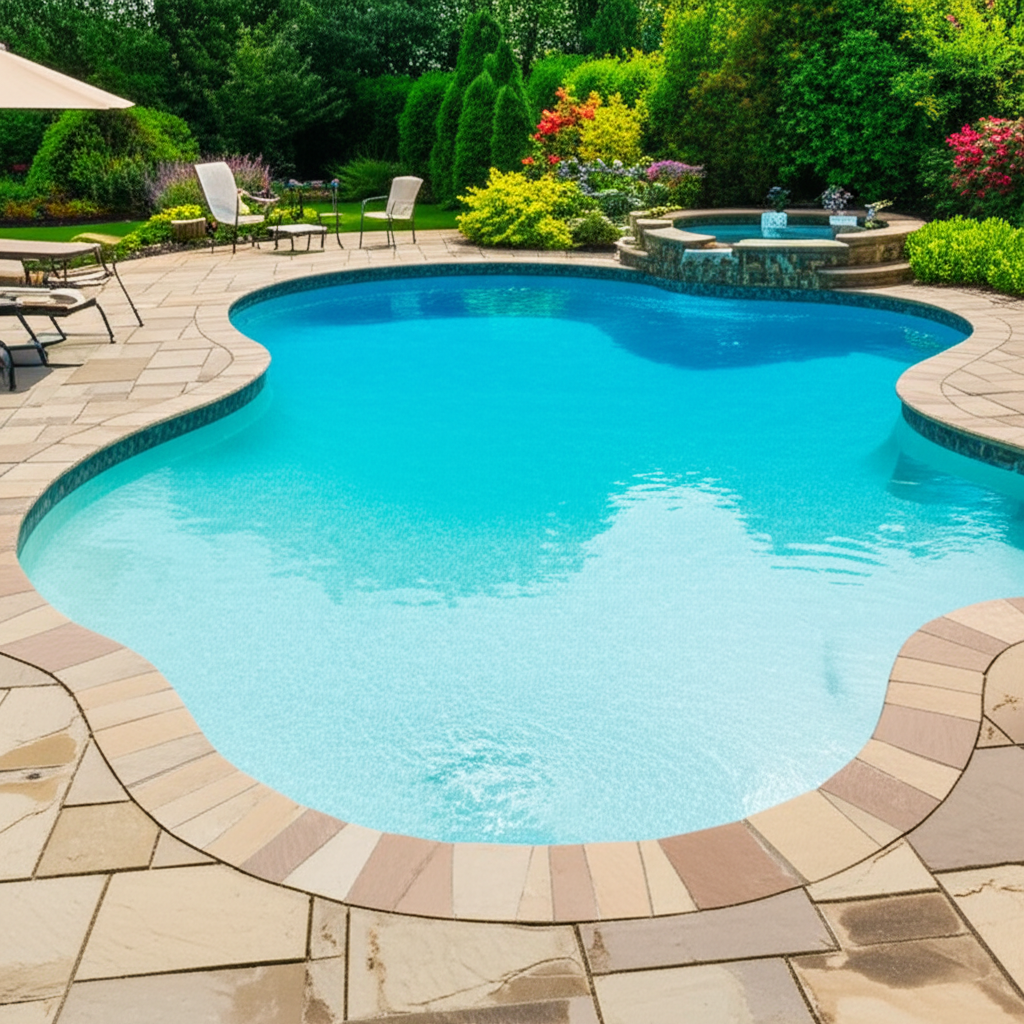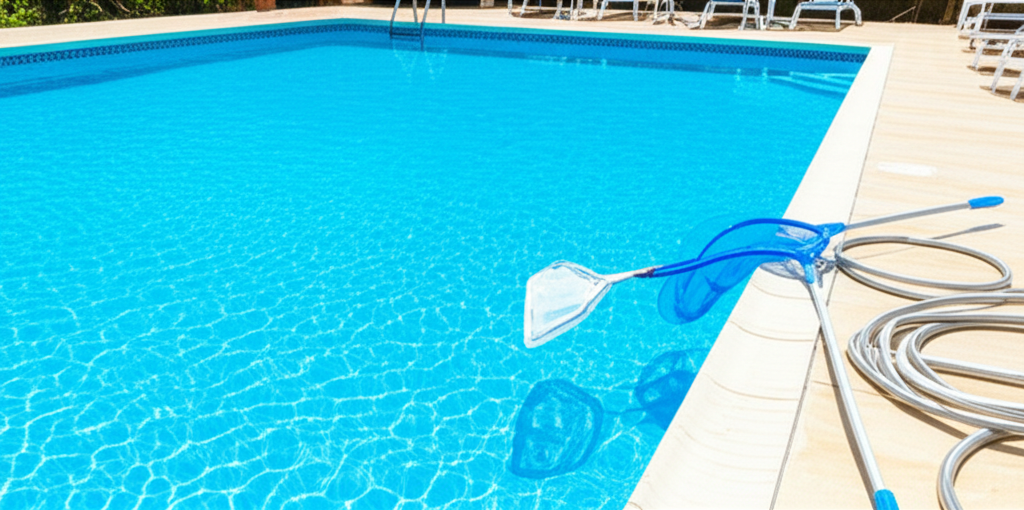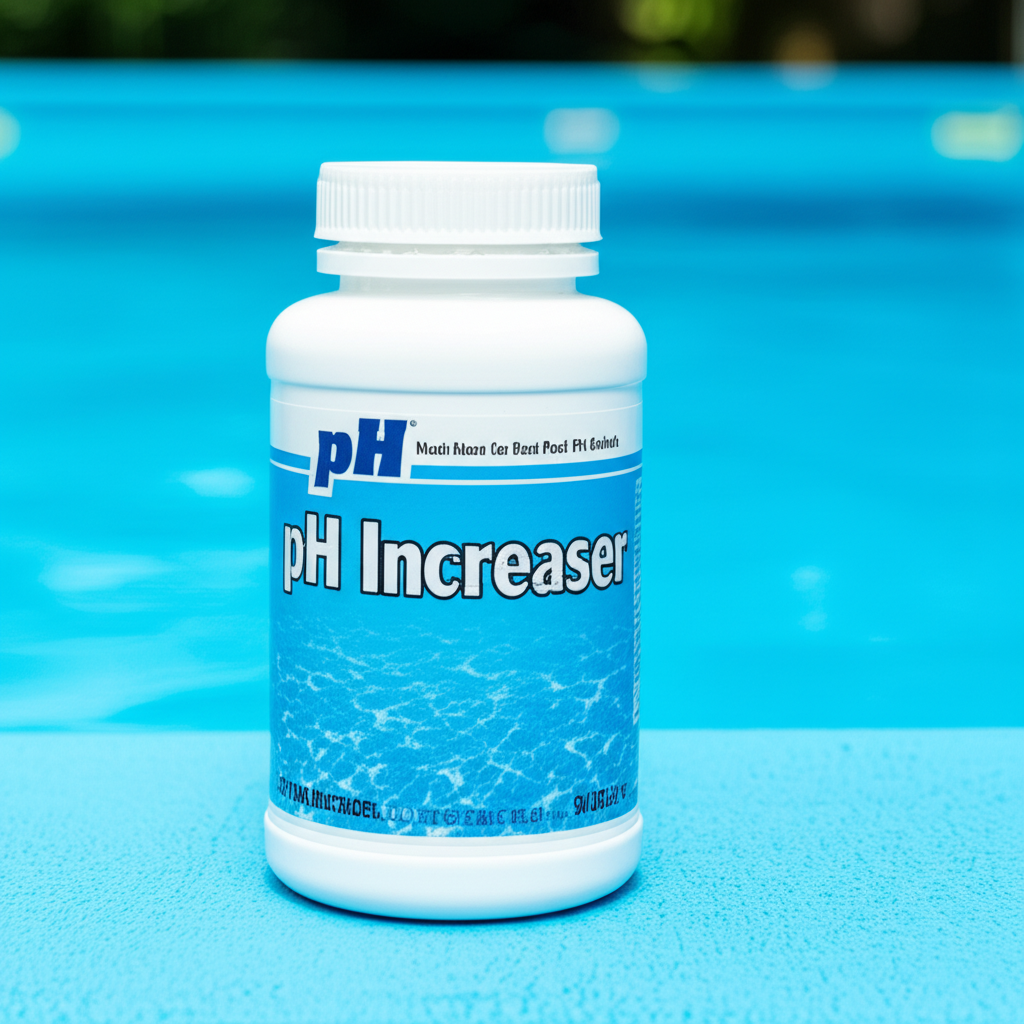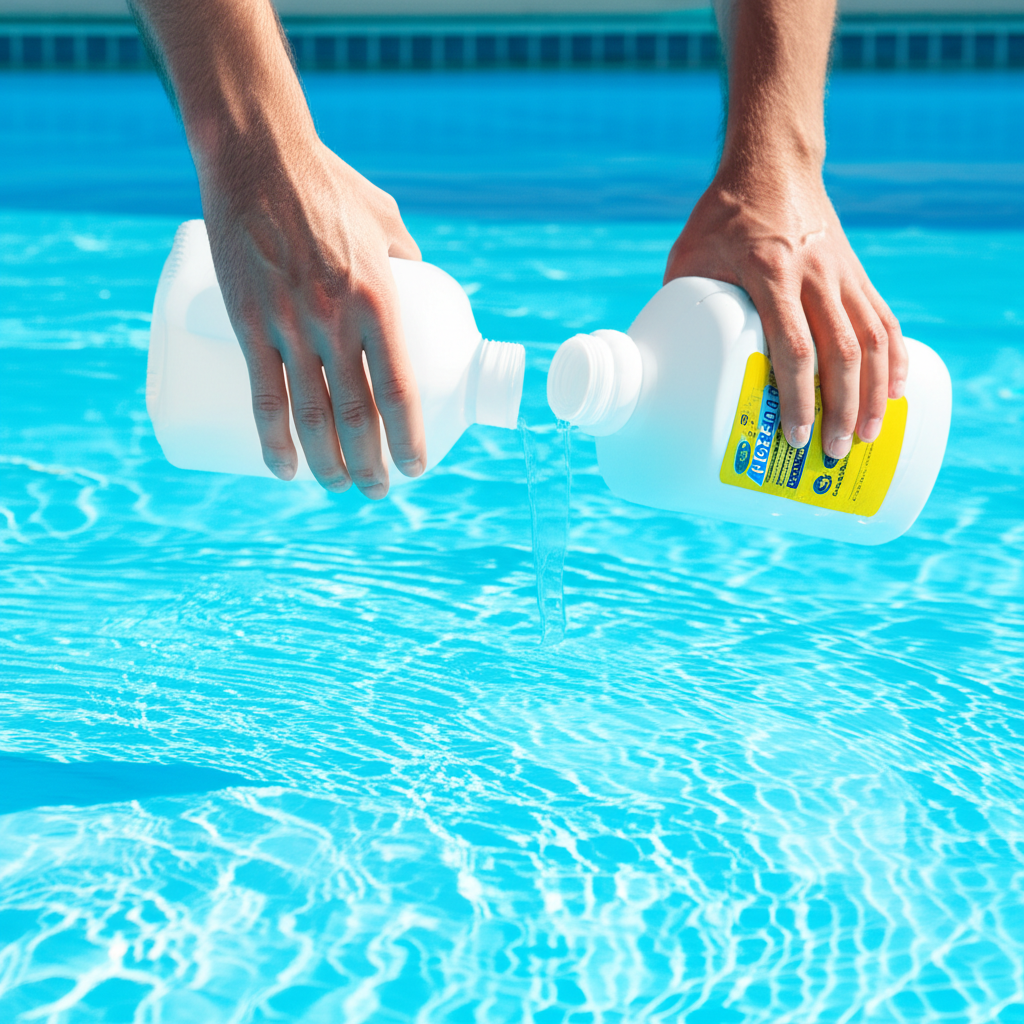- The Foundation of Easy Pool Maintenance: Daily & Weekly Habits
- Mastering Water Chemistry for Ongoing Pool Care
- Proactive Pool Care: Equipment Longevity
- Filter Maintenance: The Unsung Hero of Clear Water
- Seasonal Shifts in Your Pool Maintenance Routine
- Troubleshooting Common Pool Problems
Pool Care: The shimmering allure of a perfectly maintained swimming pool is an undeniable luxury, a backyard oasis inviting relaxation and fun. However, the thought of keeping it pristine can often feel like a daunting chore, stripping away some of that initial magic. The good news is that achieving a stunning pool doesn’t have to be a Herculean effort. With a dose of understanding and a commitment to simple, consistent routines, effective pool maintenance can be both easy and incredibly rewarding. This guide will walk you through the essential steps to keep your pool sparkling clean, healthy, and ready for enjoyment all season long.
The Foundation of Easy Pool Maintenance: Daily & Weekly Habits

A beautiful pool is built on consistency. Just like a garden needs regular watering and weeding, your pool thrives on a routine of simple checks and tasks. Neglecting these can quickly turn a minor issue into a major headache, whereas diligent attention prevents problems from ever taking root.
Circulation is Key: Your pool’s circulation system – the pump, filter, and skimmer – is its heart, moving and cleaning the water.
1. Run Your Pump: Ensure your pump runs for an adequate duration each day (typically 8-12 hours, depending on pool size and usage) to filter the entire volume of water.
2. Empty Baskets: Daily, or at least every other day, empty your skimmer baskets and the pump basket. Leaves, bugs, and debris can quickly clog these, reducing circulation efficiency.
Physical Cleaning: Even with good circulation, manual cleaning is crucial.
1. Skim: Use a leaf net daily to remove floating debris from the water’s surface before it sinks and decomposes, impacting water chemistry.
2. Brush: At least once a week, brush the walls, steps, and floor of your pool. This dislodges algae spores and dirt, allowing your filtration system to capture them. Pay special attention to corners and crevices where circulation might be weaker.
3. Vacuum: Vacuum your pool weekly. This can be done manually or with an automatic pool cleaner, which significantly automates this task and is a fantastic investment in easy pool care.
Mastering Water Chemistry for Ongoing Pool Care
Understanding and balancing your pool’s water chemistry is arguably the most critical aspect of effective pool care. It ensures bather comfort, prevents equipment corrosion, and controls algae and bacteria. Don’t be intimidated; with a reliable test kit, it’s straightforward.
Essential Chemical Parameters:
pH (7.4-7.6): This measures how acidic or alkaline your water is. Incorrect pH can cause eye and skin irritation, reduce sanitizer effectiveness, and lead to scaling or corrosion.
Chlorine (1-3 ppm): Your primary sanitizer, chlorine kills bacteria and algae. Maintain a consistent level to keep the water healthy.
Total Alkalinity (TA) (80-120 ppm): TA acts as a buffer for pH, preventing drastic swings. Keeping TA in range makes pH much easier to manage.
Calcium Hardness (CH) (200-400 ppm): This prevents plaster corrosion (if too low) or scaling (if too high).
Cyanuric Acid (CYA) (30-50 ppm): Often called conditioner or stabilizer, CYA protects chlorine from degradation by UV rays, prolonging its effectiveness.
Testing and Adjusting:
Invest in a good quality test kit (liquid drop or strip-based). Test your water 2-3 times a week, especially during peak season. Adjust chemicals as needed, always following product instructions. Add chemicals slowly, allowing time for them to dissolve and circulate before retesting.
Proactive Pool Care: Equipment Longevity
Your pool equipment is an investment, and proper maintenance will prolong its life and ensure efficient performance.
Filter Maintenance: The Unsung Hero of Clear Water
Your filter is responsible for removing microscopic particles from your water.
Sand Filters: Backwash when the pressure gauge reads 8-10 psi higher than the clean operating pressure.
Cartridge Filters: Remove and hose down cartridges every 2-4 weeks, or more frequently with heavy use. Deep clean with a filter cleaner solution periodically.
D.E. (Diatomaceous Earth) Filters: Backwash when pressure increases, then replenish D.E. powder. Arrange for annual disassembly and cleaning.
Pump and Heater Checks:
Periodically inspect your pump for leaks or unusual noises. Ensure the skimmer and pump baskets are clean to prevent strain. If you have a heater, keep the area around it free of debris and check for proper ignition and operation.
Automatic Cleaner Care:
If you use an automatic cleaner, regularly empty its debris bag or canister and check brushes or treads for wear. Ensure hoses or cords aren’t tangled, which can impede its movement.
Seasonal Shifts in Your Pool Maintenance Routine
The specific demands of pool care change with the seasons.
Opening the Pool (Spring): This involves removing the cover, cleaning the initial debris, re-installing equipment, cleaning the filter, and performing a thorough chemical balance, including shock treatment, to wake your pool up after its winter slumber.
Peak Season (Summer): This is when your pool sees the most action. Increase the frequency of all maintenance tasks – daily skimming, regular vacuuming, and more frequent chemical testing and adjustments. Consistent sanitization is vital.
Closing the Pool (Fall): If you live in a colder climate, proper pool closing is essential to prevent damage. This includes a final thorough cleaning, precise chemical balancing (especially relating to winter algaecides and dosages), lowering the water level, winterizing pipes, and securely covering the pool. Even if you don’t close your pool, a reduced maintenance schedule is still necessary during the cooler months.
Troubleshooting Common Pool Problems
Even with consistent pool care, issues can occasionally arise. Knowing how to identify and address them quickly is part of easy maintenance.
Algae Bloom (Green, Black, or Mustard): Algae usually indicates low sanitizer levels, poor circulation, or high phosphates. Shocking the pool, brushing aggressively, checking filtration, and potentially using an algaecide are the standard remedies.
Cloudy Water: This could stem from inadequate filtration, chemical imbalances (especially high pH or alkalinity), or early stages of algae. Test your water, backwash/clean your filter, and consider a clarifier.
Strange Odors: A strong “chlorine” smell often indicates chloramines (spent chlorine), not too much chlorine. Shocking the pool will typically eliminate chloramines and the associated odor.
A stunning pool doesn’t require endless hours of arduous labor. It simply demands a routine of consistent effort and a basic understanding of its mechanics and chemistry. By embracing these simple, structured steps, you’ll find that effective pool care transforms from a chore into a seamless extension of the joy your pool brings. Enjoy the crystal-clear waters, the captivating sparkle, and the effortless beauty that comes with intelligent pool maintenance.



